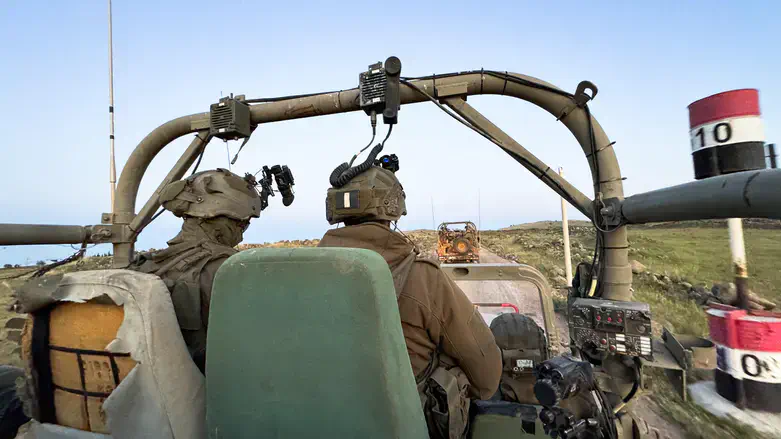
The IDF on Monday afternoon confirmed IAF strikes on several Syrian tanks in the area between A-Sijin and Samia in southern Syria.
A security source reported that the strike targeted several Syrian tanks that had crossed the border into an area defined by Israel as a buffer zone near the Golan Heights.
The IDF stated, "A short while ago, the IDF struck a number of tanks in southern Syria, details to follow."
Meanwhile, fresh clashes erupted Sunday between Bedouin tribes and local fighters in the southern Syrian city of Sweida, a predominantly Druze area, resulting in the deaths of at least 37 people.
The violence, which marks the first deadly outbreak in the region since April and May, prompted authorities to dispatch forces to de-escalate the situation.
According to the Syrian Observatory for Human Rights, among the deceased are 27 Druze, including several children. Earlier reports from local outlet Sweida 24 indicated a preliminary toll of 10 killed and 50 wounded from both sides, also noting the closure of the Damascus-Sweida highway due to the unrest.
A Syrian government source, who preferred to remain anonymous, confirmed to AFP that forces were being sent to the area to help de-escalate the situation.
The fighting centers around the towns of al-Makaus, al-Tira, al-Mazra’a, and al-Soura al-Qabira, where live fire, mortars, and heavy weaponry have been reported. Local sources said that armed Bedouin set up roadblocks and detained Druze civilians. Due to the threats and artillery fire, some of the residents have fled their homes.
The Israeli strike against the tanks likely aimed to prevent Syrian regime reinforcements from targeting the Druze.
Israel, which regularly acts against Hezbollah and pro-Iranian elements in southern Syria, in recent months warned the Syrian regime not to breach the red lines near the border.
Reports also indicate that in recent weeks, medical assistance has been provided to injured Druze, and that there has been civil engagement with religious leaders from the area.
